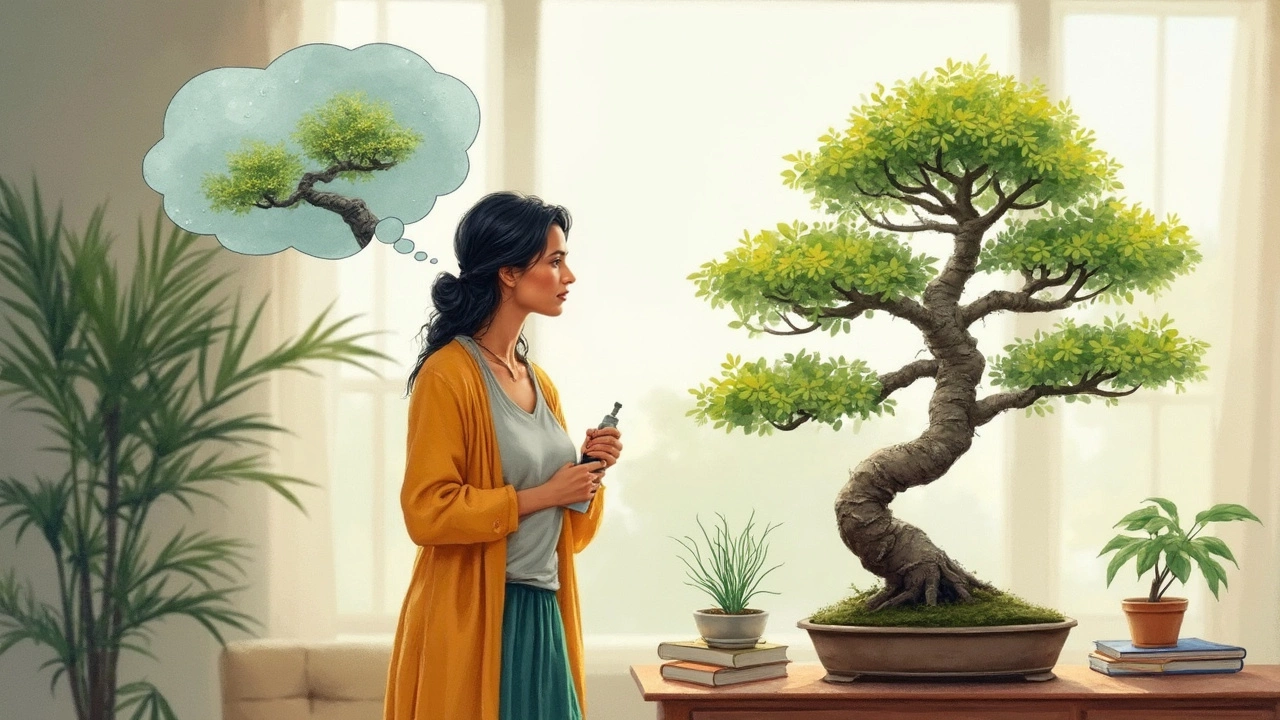Mist Bonsai: Essential Tips for Healthy Miniature Trees
If you love the tiny art of bonsai, you’ve probably heard that misting is a big deal. But many beginners wonder if they really need to spray water every day or if a simple watering can is enough. The truth is, misting isn’t just a fancy add‑on – it’s a core part of keeping your bonsai comfortable, especially when it lives indoors or in a dry climate.
Why Mist Your Bonsai?
Bonsai trees are grown in shallow pots, so their roots can dry out faster than a garden shrub. A light mist adds humidity right around the leaves, which helps the plant breathe and reduces stress. Higher humidity also keeps the needles or leaves from turning brown at the tips, a common problem when the air is too dry.
Besides looking healthier, misted bonsai are less prone to pests and diseases. Many insects love dry, cracked foliage, so keeping the surface moist creates a less inviting environment for them. A misted canopy also improves the tree’s ability to photosynthesize because the stomata stay open longer.
Practical Misting Techniques
Start by checking the humidity level in the room. If it’s below 40 %, a gentle mist a few times a day can make a big difference. Early morning or late evening are the best times – the water has time to settle before the heat of the day evaporates it.
Use a fine‑spray bottle, a small hand atomizer, or even a DIY misting system. The goal is a fine veil, not a torrent. A few seconds of spray over the whole crown is enough; you don’t want water pooling on the soil, which can cause root rot.
How often you mist depends on the season and the species. In winter, indoor heating can drop humidity dramatically, so mist daily or every other day. In summer, especially if you have a humid climate, misting once a day or every two days may be sufficient.
Avoid common mistakes: never mist with cold tap water straight from the faucet in winter – the shock can damage delicate leaves. Also, don’t mist directly onto soil; keep the spray above the canopy. Finally, skip misting under direct sunlight; the droplets can act like tiny lenses and burn the leaves.
Quick checklist:
• Use a fine‑mist bottle or atomizer.
• Mist early morning or late evening.
• Keep water at room temperature.
• Aim for a light veil, not a soak.
• Monitor humidity and adjust frequency.
By adding just a few minutes of misting to your routine, you’ll notice greener foliage, fewer tip burns, and a generally more vigorous bonsai. If you’ve already tried misting and want more depth, check out our article on houseplant misting – the principles are the same and can help you fine‑tune the process.
Give it a try this week. Grab a spray bottle, set a reminder, and watch your bonsai respond. A little mist goes a long way toward a thriving miniature tree.
Should I Mist My Bonsai Tree? The Real Deal on Misting Bonsai
Confused about whether to mist your bonsai tree or not? This article breaks down what misting really does, which bonsai trees benefit from it, and common mistakes to avoid. You'll learn practical methods to keep your bonsai healthy without falling for popular myths. Find out when misting helps—and when it can backfire. Get real, down-to-earth advice on day-to-day bonsai care.
About
Bonsai Care
Latest Posts
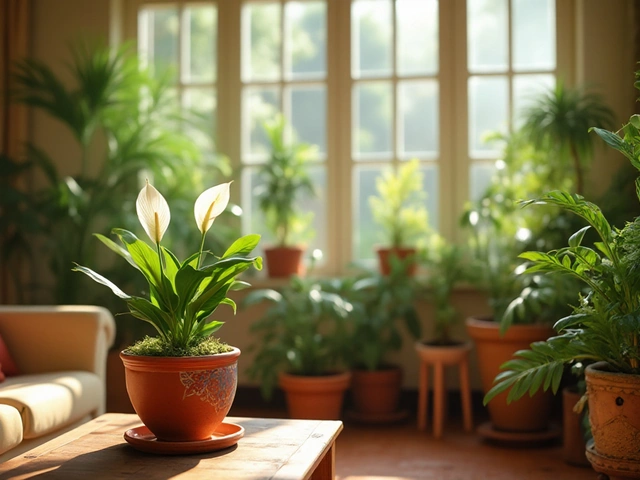
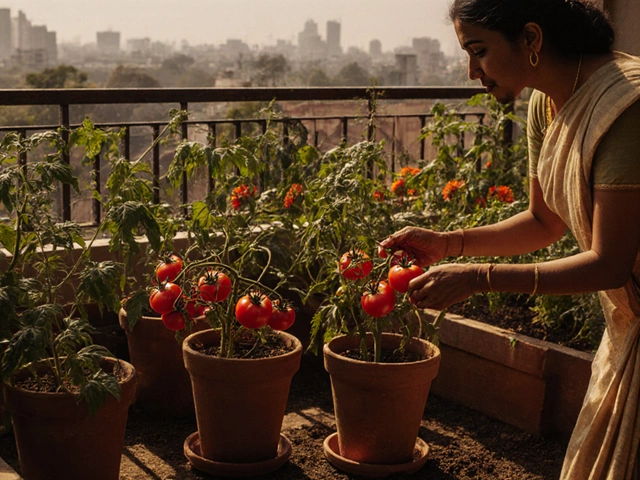
Which Vegetable Is the King of Vegetables in India? The Real Answer for Gardeners
By Alden Thorne Nov 15, 2025
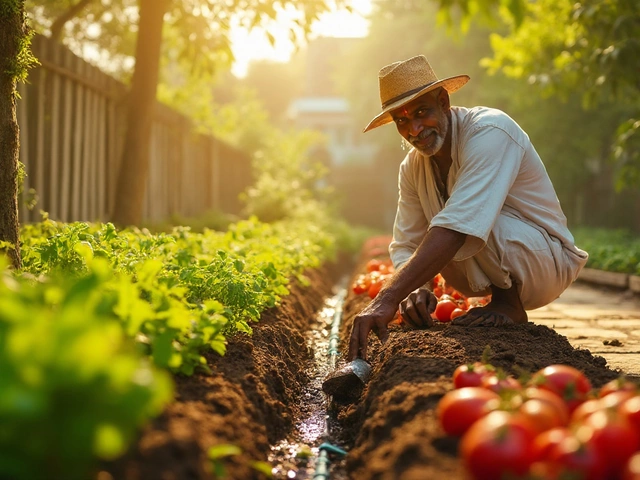
How Deep Should Drip Irrigation Lines Be Buried? Guide for Optimal Water Delivery
By Alden Thorne Sep 23, 2025
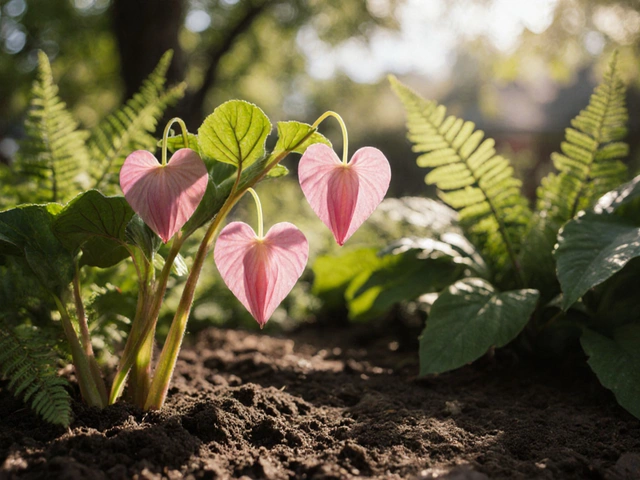
Do Bleeding Hearts Like Sun or Shade? The Right Light for Kitchen Garden Success
By Alden Thorne Nov 20, 2025

